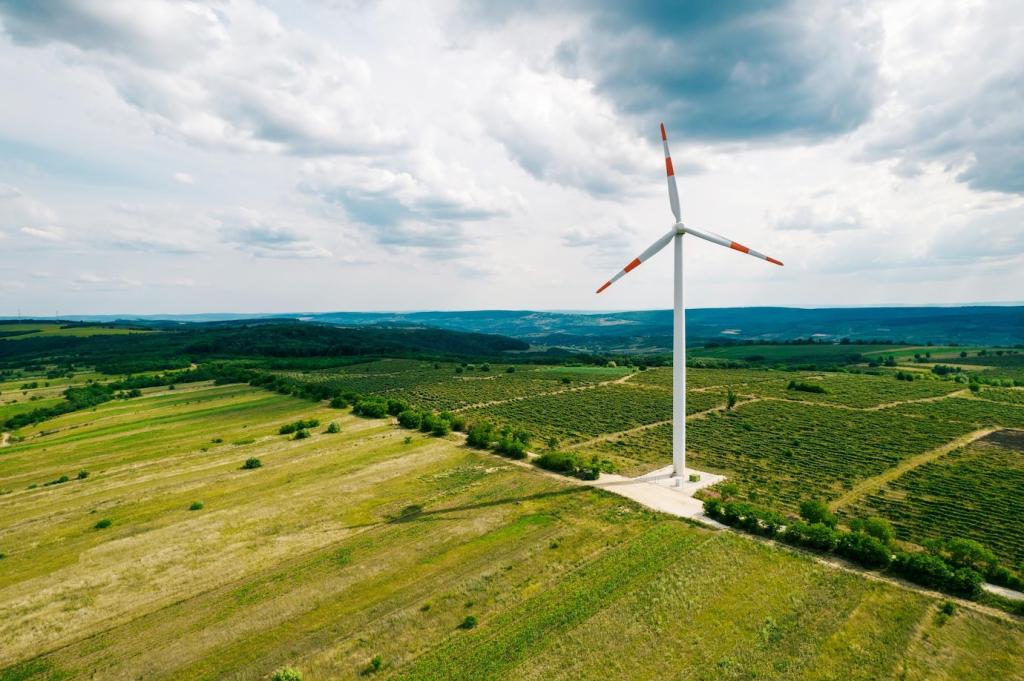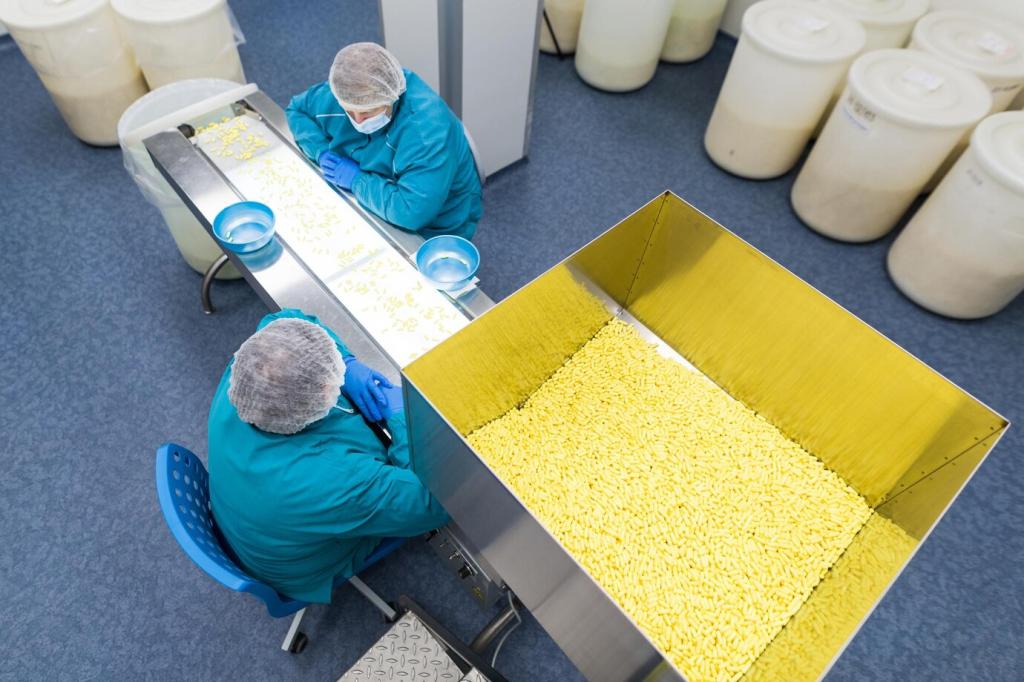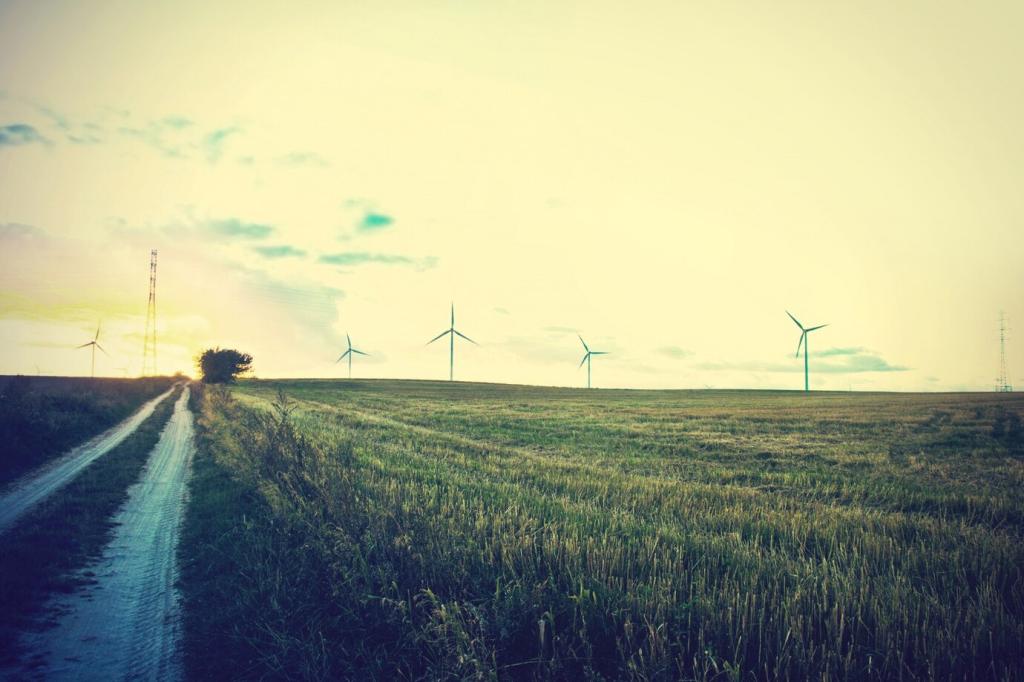Maintenance as a Daily Energy Strategy
Worn belts slip, fouled coils insulate, and clogged filters choke. Each fault steals watts in silence. A monthly inspection cadence recovers airflow, reduces pressure drops, and returns pumps to their best efficiency point without capital spend.
Maintenance as a Daily Energy Strategy
Thermography, vibration, and ultrasound reveal energy waste early. A plant caught bearing wear on a critical fan; replacing it before failure cut motor load by eight percent and avoided an overtime scramble that would have burned more energy and budget.
Maintenance as a Daily Energy Strategy
Post trend charts at the equipment, not just in a dashboard. When teams see energy drift, they act faster. Try a weekly fifteen-minute “energy walk.” Tell us: what simple maintenance habit delivered the biggest sustained savings for your site?
Maintenance as a Daily Energy Strategy
Lorem ipsum dolor sit amet, consectetur adipiscing elit. Ut elit tellus, luctus nec ullamcorper mattis, pulvinar dapibus leo.









